
Aeromarine 700
The Aeromarine 700 was an American flying boat manufactured to investigate the feasibility of using aircraft to launch torpedoes.
There are various types of aircraft, including airplanes, helicopters, gliders, airships, and hot air balloons. This page will allow you to quickly visit each type section more easily. Jump to:
Airplanes – Airships – Gliders – Helicopters – Hot Air Balloons
Airplanes have significantly impacted global connectivity, commerce, and tourism, shrinking distances and facilitating global transportation networks. They have revolutionized travel, enabled rapid delivery of goods, facilitated emergency response and medical evacuations, and played a crucial role in military operations and surveillance. Here is the access to the complete database (divided by Type):
Airplanes, also known as aeroplanes or fixed-wing aircraft, are the most common and widely used type of aircraft. They have fixed wings that generate lift as they move through the air. Airplanes can range from small single-engine aircraft used for recreational purposes to large commercial airliners and cargo planes capable of carrying hundreds of passengers or significant amounts of freight.

The Aeromarine 700 was an American flying boat manufactured to investigate the feasibility of using aircraft to launch torpedoes.
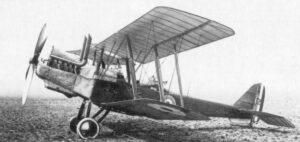
The Royal Aircraft Factory R.E.8 was a British two-seat bomber and reconnaissance biplane designed by the Royal Aircraft Factory.
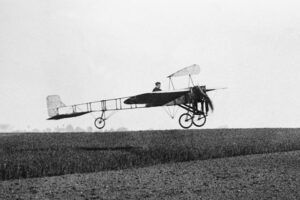
The Blériot XI is a French aircraft and a famous accomplishment of the pioneer era of aviation. It was used for competitions, training, and combat.

The Pilatus PC-21 is a turboprop-powered advanced trainer aircraft manufactured by Pilatus Aircraft of Switzerland.

The Voisin III was a French two-seater pusher biplane aircraft developed by Voisin in 1914 and used during World War I.
Helicopters are rotary-wing aircraft that use rotating blades on top to generate lift and propulsion. They have the unique ability to take off and land vertically and hover in one place. Helicopters are widely used in various applications, including transportation, search and rescue, and military operations.
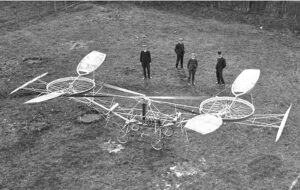
The Cornu Helicopter was a French experimental helicopter widely credited with the first free flight of a rotary-wing aircraft.
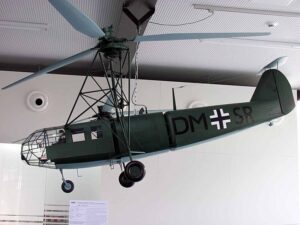
The Focke-Achgelis Fa 223 was a helicopter developed by Germany during World War II and the first one to attain production status.
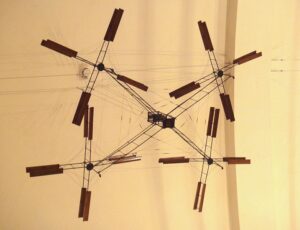
Leonardo’s Aerial Screw was envisioned as a device resembling a large screw or corkscrew-shaped structure that would enable vertical flight.

The Mil Mi-8, known by its NATO reporting name “Hip,” is a Soviet-designed medium twin-turbine helicopter that is widely produced and used.
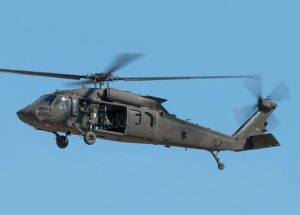
The Sikorsky UH-60 Black Hawk is a four-blade, medium-lift, twin-engine utility military helicopter and winner of the UTTAS program in 1976.
Gliders are unpowered aircraft that rely on the natural forces of wind and air currents to stay aloft. They have long wings and are designed to glide through the air for extended periods without an engine. Gliders are used for recreational flying, competitive soaring, and training purposes.

The Airspeed AS.51 Horsa was a British troop-carrying glider developed and manufactured by Airspeed and used during the Second World War.
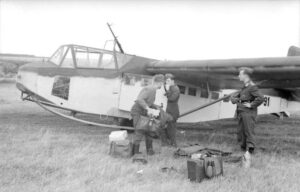
The DFS 230 was a German transport glider developed in 1933 and operated by the Luftwaffe during World War II.
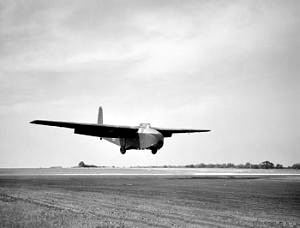
The General Aircraft Hamilcar (or Hamilcar Mark I) was a British military glider produced and used during the Second World War.
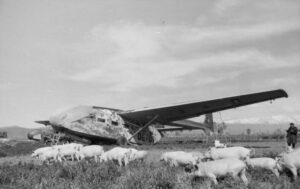
The Gotha Go 242 was a German transport glider used by the Luftwaffe during World War II. It saw limited combat action.
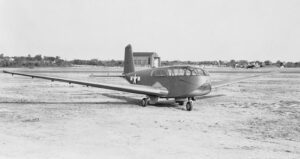
The Bristol XLRQ was a 12-seat amphibious glider aircraft developed for the United States Marine Corps in 1942-43.
Airships, also known as dirigibles or blimps, are lighter-than-air aircraft that use large gas-filled envelopes for buoyancy. They have engines for propulsion and control surfaces for maneuverability. Airships are relatively slower than airplanes but offer unique capabilities for long-distance travel and aerial observation.
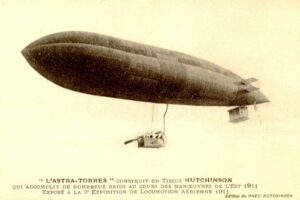
The Astra-Torres Airship was a French non-rigid airship built by Société Astra between 1908 and 1922 and designed by Leonardo Torres Quevedo.
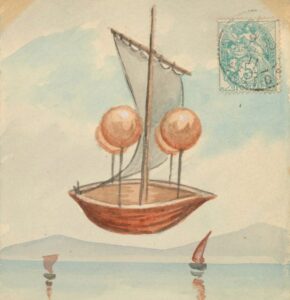
Lana de Terzi’s Flying Boat was an early experimental aircraft built by Enrico Forlanini and Giovanni Battista “Lana” de Terzi in 1905.

His Majesty’s Airship R100, or R100, was a British rigid airship designed and constructed as part of an ambitious experiment in the 1920s.
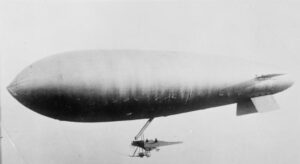
The SS Class Airship were cheap and simple small non-rigid airships or “blimps” designed to counter German U-boats.

The Hindenburg was part of the Zeppelin fleet, built by the Zeppelin Company in Germany. Learn more about its tragic history.
Hot air balloons are aircraft that use hot air to generate lift. They consist of a large envelope filled with heated air and are propelled by wind currents. Hot air balloons are primarily used for recreational purposes and provide a serene and scenic flying experience.

The Virgin Atlantic Flyer was a groundbreaking hot air balloon piloted by entrepreneur Richard Branson and Swedish aeronaut Per Lindstrand.

The Spirit of Freedom was a groundbreaking hot air balloon that marked a historic achievement in aviation. Learn more about it.
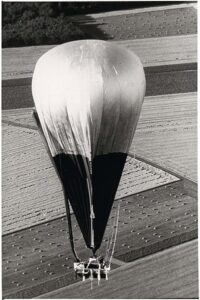
The Double Eagle II was the first balloon to cross the Atlantic Ocean. It left Maine and landed on 17 August 1978 near Paris.

This successful demonstration of hydrogen as a lifting gas paved the way for subsequent manned flights and further developments.
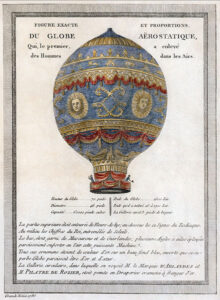
The Montgolfier Brothers’ Balloon was the first manned hot air balloon. It was created in 1783 by Joseph-Michel and Jacques-Étienne Montgolfier.